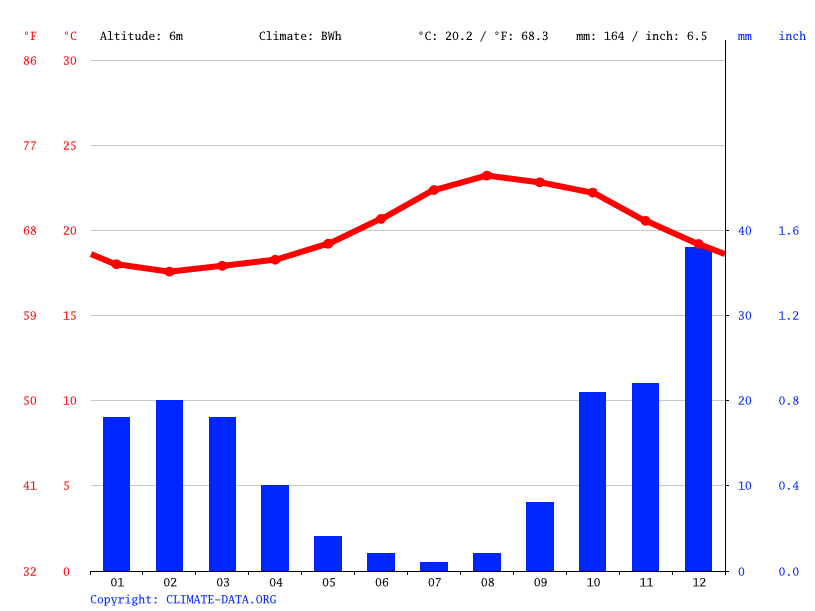Climate
Home | Climate
La Gomera and the Canary Islands: The best climate in the world?
Thanks to their privileged geographical location and the influence of the gentle trade winds, the Canary Islands enjoy spring-like temperatures year-round, which vary slightly from season to season at sea level.
Where to stay depending on the weather?
According to studies conducted by universities and climate experts, the Canary Islands’ climate is considered one of the best in the world.
However, it’s important to keep in mind that there are many microclimates on the island. The weather varies greatly from one place to another depending on the slope and altitude.
North/South: The trade winds affect the north of the island. This creates a layer of clouds on the north side of the island and also heavy waves on the northern beaches. So, if you’re looking for sun and sand, it’s best to head south, near the sea (San Sebastián, Playa Santiago, or Valle Gran Rey). However, if you’re looking for traditional areas with more vegetation, fewer tourists, and/or cooler weather (especially in summer), the north or the mid-mountain villages are the ideal places to stay.
Altitude: La Gomera is a mountainous volcanic island. As we move away from the sea, we rise directly in altitude. It is cooler at altitude than at sea level. A loss of 1 degree is observed every 200 meters. In summer, it is warmer at altitude (especially in the southern midlands).
In short, spring-like weather prevails year-round at sea level; at higher altitudes, the climate becomes more continental.
Climate of San Sebastián de La Gomera

San Sebastián de la Gomera has a desert climate.
The average temperature is 20.2°C (68.2°F) and rainfall is 164 mm (6.4 in).
Summer begins in late June and ends in September.
Maximum temperature: August, with an average temperature of 23.2°C (73.2°F).
Minimum temperature: February, with an average temperature of 17.6°C (63.6°F).
Between the driest and wettest months, the difference is:
– Rainfall: 37 mm (1.4 in)
– Temperature: 5.6°C (5.6°F).
Air temperatures and precipitation in San Sebastián de La Gomera

Water temperatures and precipitation in San Sebastián de La Gomera

